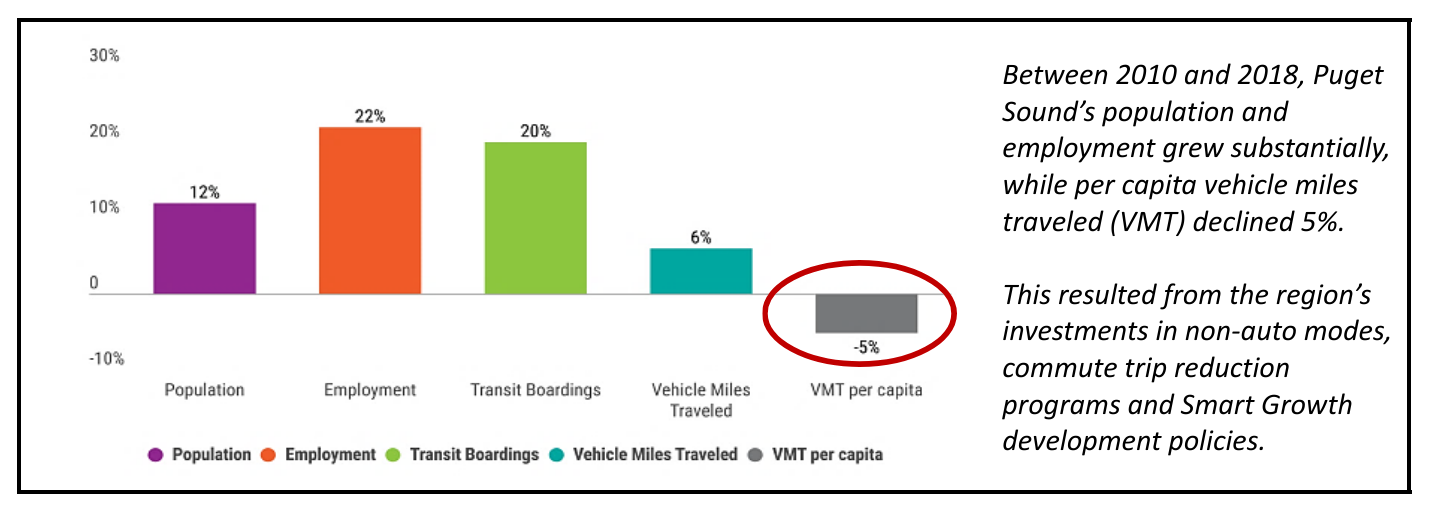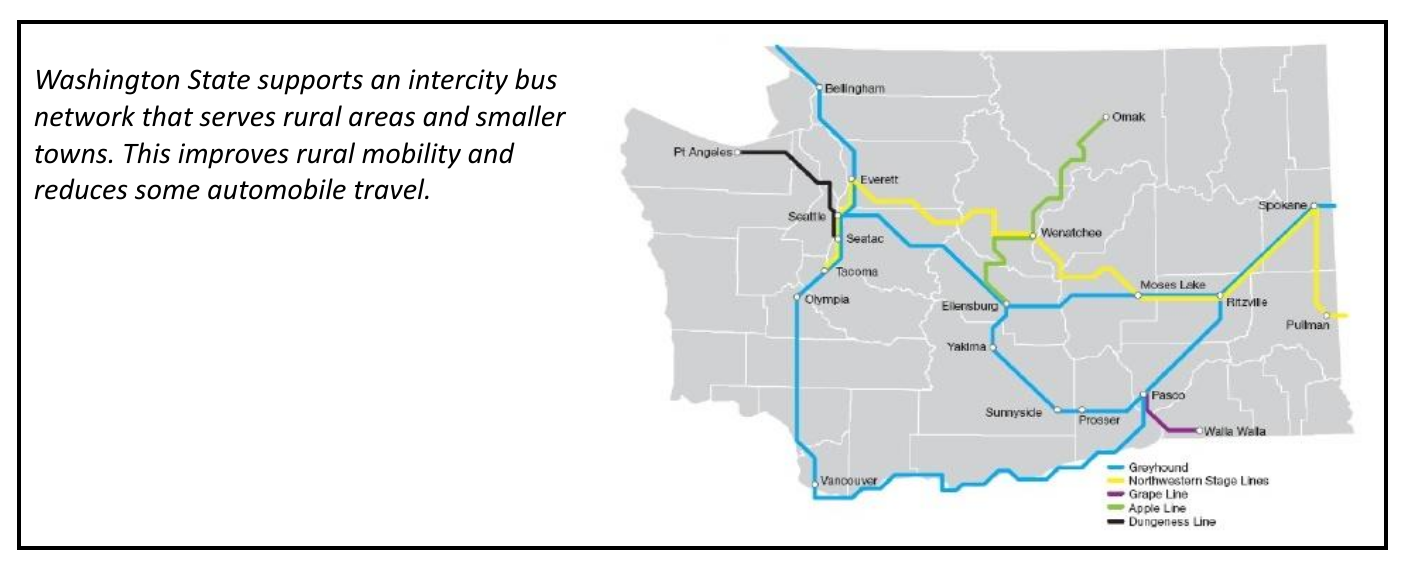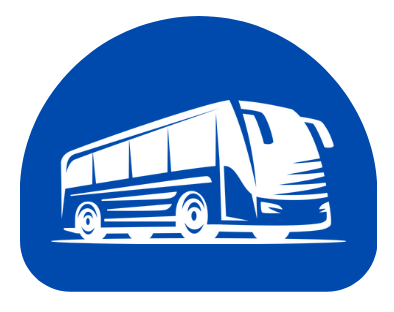Provincial policies significantly shape travel behavior in British Columbia. Currently, the Ministry of Transportation and Infrastructure (MoTI) allocates about $3.4 billion annually to highways, while BC Transit and TransLink invest $1.1 billion in urban transit services. A notable portion of the population—20-40%—either cannot, should not, or prefers not to drive and would benefit from improved public transit options. Efficient and affordable public transit not only serves these individuals but also alleviates traffic congestion and reduces the need for chauffeuring.
- 🔗 Report: Provincial Sustainable Transportation Policy Recommendations
- 🔗 Report: Protecting Goldstream Park
The CleanBC Roadmap aims to reduce light-duty vehicle travel by 25% and increase non-auto mode shares to 30% by 2030, and to 50% by 2050. An evidence-based plan is essential to achieve these targets, providing benefits such as cost savings, increased mobility, improved public health, and reduced pollution. The Island Highway between Victoria and Nanaimo sees over 25,000 vehicles daily, yet public transit on this route is infrequent and expensive.Increasing frequency and reducing fares on routes #66 and #70 would enhance fairness and reduce traffic issues. A proposed funding model would lessen the financial burden on local governments.
 Puget Sound Population and Travel Changes, 2010-2018 (PSRC 2022)
Puget Sound Population and Travel Changes, 2010-2018 (PSRC 2022)
There is no clear responsibility for planning and funding interregional bus services in BC. Creating a dedicated MoTI department for interregional bus planning would streamline the process and enhance connectivity across the province. Transportation demand management (TDM) programs encourage the use of efficient travel options and reduce peak travel demand. Examples from Washington State demonstrate the effectiveness of such programs in reducing vehicle travel and increasing transit usage.
 Washington Intercity Bus Network (https://bit.ly/3rJcI9n)
Washington Intercity Bus Network (https://bit.ly/3rJcI9n)
Current spending on active transportation is less than 1% of MoTI’s budget, despite active modes representing a significant share of total trips. Increasing investment in active transportation infrastructure would support social equity, public health, and environmental goals. Upzoning in transit-oriented neighborhoods should be accompanied by transportation policy reforms to manage increased density without exacerbating traffic and pollution issues. More funding and planning for non-auto travel options in these areas are essential.
 Wider shoulders and more traffic barriers provide few benefits (✔).
Wider shoulders and more traffic barriers provide few benefits (✔).
The 2024 MoTI budget includes $162 million for a 1.7 km expansion of Highway 1 through Goldstream Park, which involves significant environmental disruption. An alternative multimodal solution, such as enhancing bus services on routes #66 and #70, would be more cost-effective and environmentally friendly. Frequent and affordable bus service provides broader benefits, including reduced traffic and parking congestion, improved mobility for non-drivers, and lower emissions.
Transitioning from highway expansion to a multimodal transportation approach is crucial for creating a more efficient, equitable, and sustainable transportation system in British Columbia. Enhanced public transit, active travel investments, and integrated land use planning are key components of this strategy.

